Despite being the minimalist alternative to already fairly minimalist little hiking tents, there remains a spectrum for bivvy bags, with Rab's range encompassing all types from minimalist through to high-spec models. The Trailhead Bivi sits at the minimalist end.
If you love the reliability you get from Rab, but don’t want to splash the cash on a fully-featured hooped bivvy bag like the Ridge Raider Bivi that costs over £400, the Trailhead Bivi is the Derbyshire-based brand’s standard offering. It’s a simple, no-nonsense bivvy bag that does its job admirably, without being spectacular in any way.
You get a 10,000mm hydrostatic head rating, DWR coatings and taped seams for waterproofing, while the MVTR breathability grade is 10,000g/m2/24 hrs. The only real feature of note is the snap fastener closure of the opening, rather than via drawcords or a zipper – an approach with pros and cons, but more on that below.
At £110, we think it’s a bit over-priced for such a simplistic product, and it’s difficult to justify spending the extra on the Trailhead Bivi rather than the Alpkit Hunka, for example. But all-round performance is good and the design and construction are impressive.
 LFTO
LFTOwww.ellis-brigham.com
Pros
- Minimalist design
- Button closure
- Durable
- Quite protective and waterproof
- Rab scores well on sustainability
Cons
- Pricey for a minimalist bivvy
- Can't be fully sealed
| Weight | 450g |
| Packed size | 20 x 12cm |
| Dimensions | 250 x 85cm (shoulder)/60cm (foot) |
| Main material | PFC-free 40D nylon |
| Waterproof rating | 10,000mm HH |
| Breathability rating | 10,000g/m²/24 hour |
Design
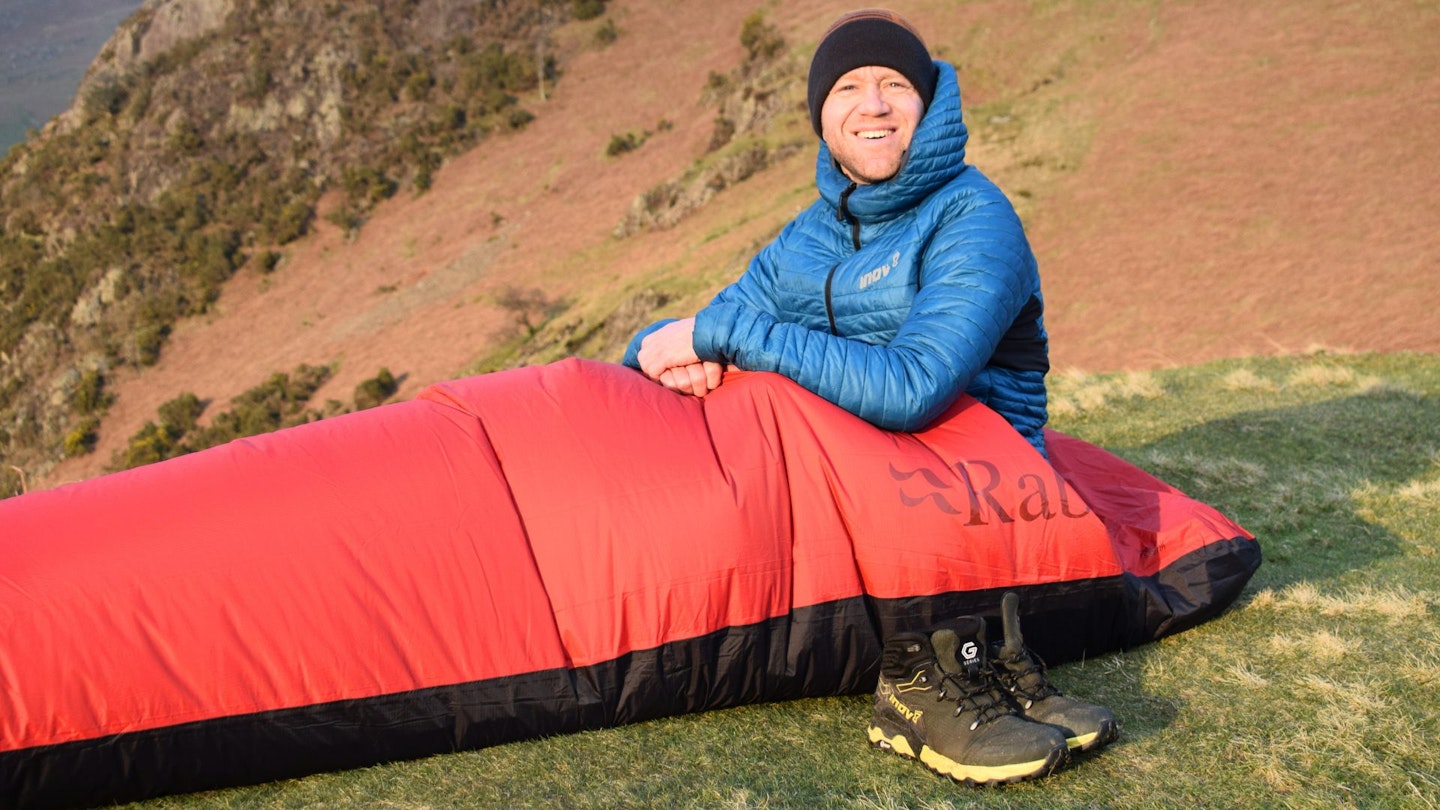
Rab says the Trailhead Bivi is “stashable, simple and protective…and built for the hardy outdoor adventurer”. That sums it up really. It’s a lightweight, packable, simplistic bivvy bag, with good (but not bombproof) weather protection. You get a few features, such as the snap fastener closure of the opening, but mostly this is a basic, no-frills product.
Size, weight, and packability

The Rab Trailhead Bivi weighs 450g on our scales, including the 15g storage bag. This is pretty lightweight and a good gram-saving option, although lighter options are out there – the regular-sized Alpkit Hunka is 330g, for example. Interestingly the Rab website says the Trailhead Bivi weighs 406g, but on our scales it’s 450g, so a bit of a discrepancy.
In terms of dimensions, the Trailhead Bivi is quite large. It is 250cm long, 85cm wide at the shoulders and 60cm wide at the footbox, which is slightly larger than even the Alpkit Hunka XL. The shape of the Trailhead Bivi is quite rectangular, with a gentle taper towards the feet. The internal volume is good, with enough space for a sleeping mat, sleeping bag and your body, without feeling restrictive or crushing the down insulation in your sleeping bag.
Shop this product
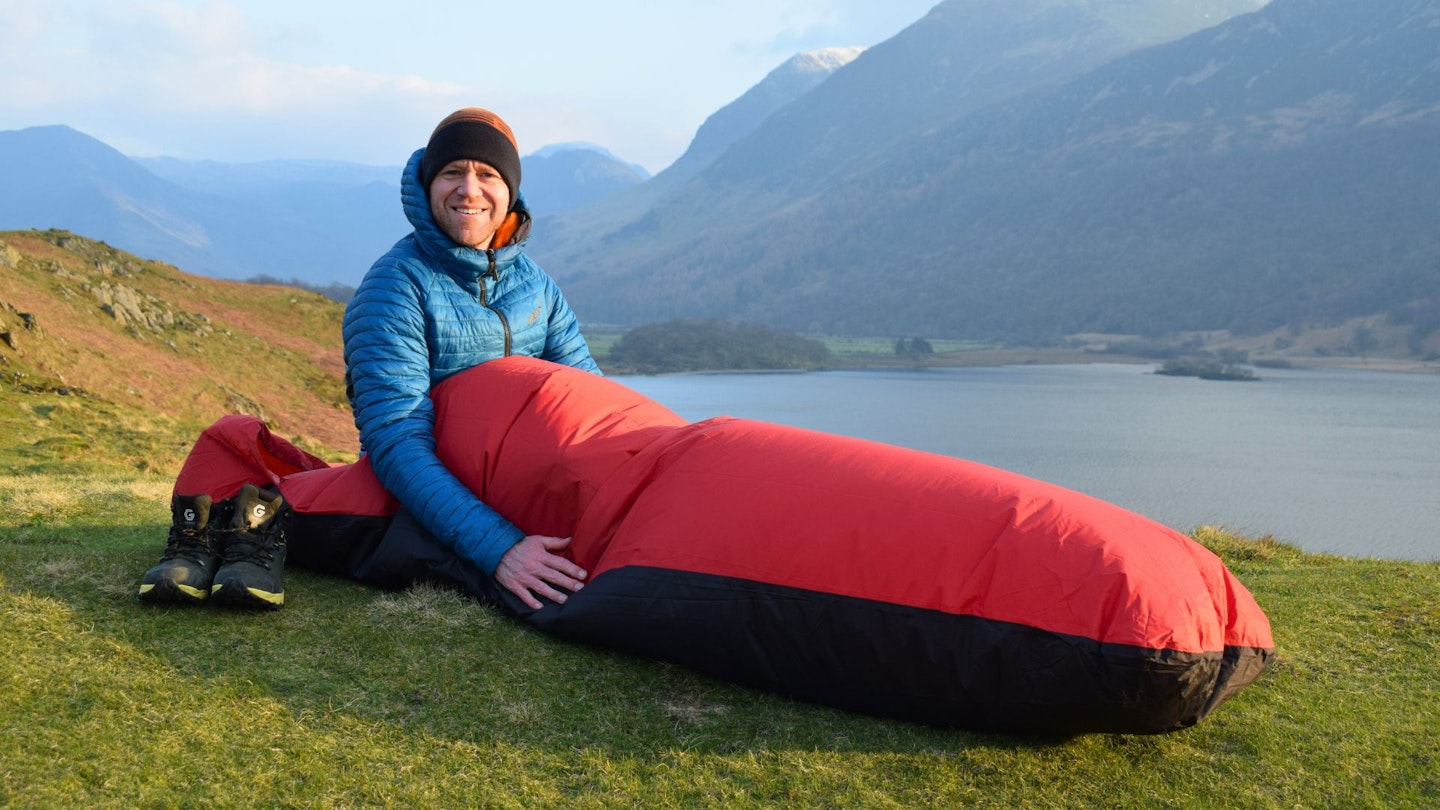
For us (5ft 9in) the Trailhead Bivi provides ample space. We can stash a small daypack at the bottom of the bivvy bag, and there’s a nice amount of wiggle room for changing position during the night. Having said that, for some campers the Trailhead may be too big, with too much excess fabric at the feet and in the width, and an all-round cut that isn't snug enough.
One further drawback with a long bivvy bag is that your pad can slide downwards overnight, thus mis-positioning your head in relation to the bivvy bag opening. For example, our regular-sized Therm-a-Rest NeoAir XTherm NXT sleeping pad is 183cm long, but the Trailhead Bivi is 250cm long, so there is a 67cm differential.
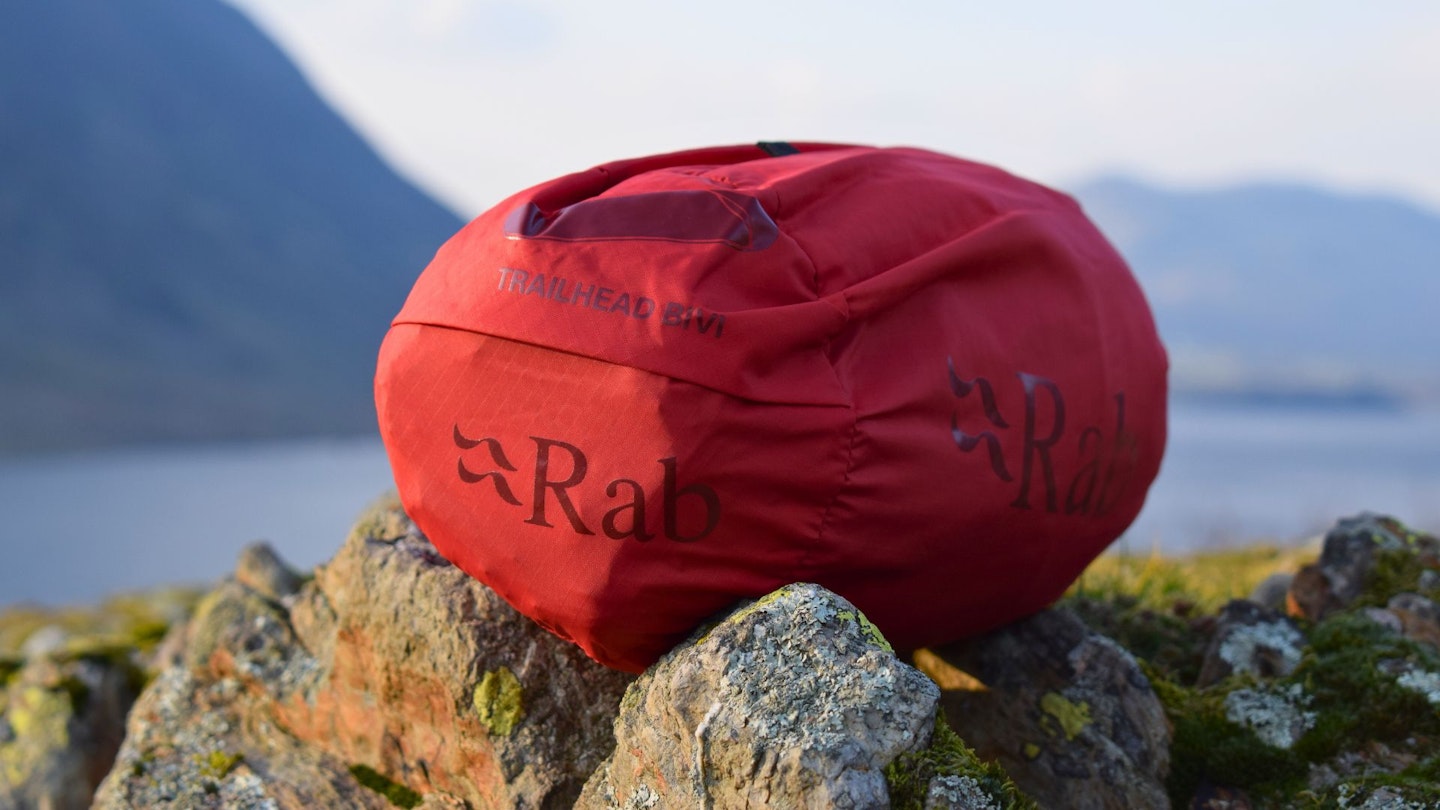
The Trailhead Bivvy packs down compactly to 20 x 12cm according to our measurements, stuffed inside the small, red storage bag provided. The storage bag weighs 15g and has a drawcord closure. Unlike some other storage bags, which can be an infuriatingly tight fit, we found it easy to re-pack the Trailhead Bivi into its appropriately-sized storage bag.
Shop this product
Waterproofing and breathability

The Rab Trailhead Bivi is made from a tough 40-denier ripstop nylon with a PFC-free PU coating and DWR treatment, and fully taped seams. The same fabric is used on the top and base of the bivvy, and is described as “lightweight and breathable” by Rab. This fabric has a hydrostatic head rating of 10,000mm and an MVTR breathability grade of 10,000g/m2/24 hrs. These are solid stats and should provide adequate weather protection for most conditions, other than perhaps the most torrential of downpours.
However, it’s worth noting that while the snap fasteners on the bivvy opening can be mostly closed up, the button approach (rather than a zipper) does still leaves small gaps and vents in the opening and cannot be 100% sealed up. This creates an unavoidable water ingress risk, although this is only likely to be a problem in the worst of conditions.
Features
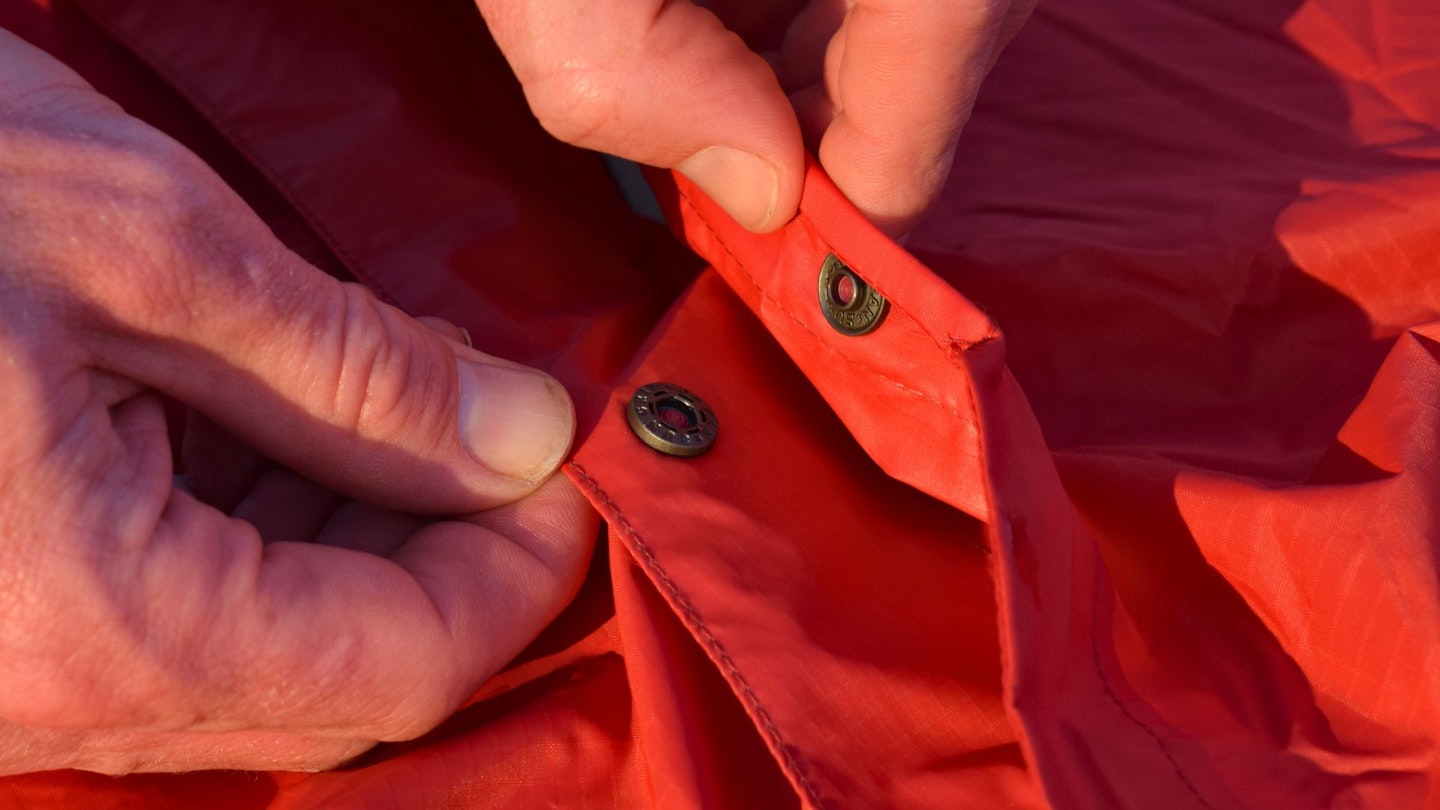
Shop this product
There are no zips on the Trailhead Bivi. Instead there is a single opening at the head end, meaning to get inside the bivvy you have to shuffle your way in awkwardly from the top. The opening can be closed over your head for added weather protection via three snap buttons. Once clicked in place, these buttons form a seal (of sorts) over your head, with flaps of slightly-stiffened fabric overlapping to create that sense of closure. But this isn’t a zipper that can be fully closed or provide a 100% seamless seal. Instead, in-between the buttons, there are four gaps – or vents, if you like – which are open and somewhat unprotected (although Rab says the flap-like design includes a protective “rain gutter”).
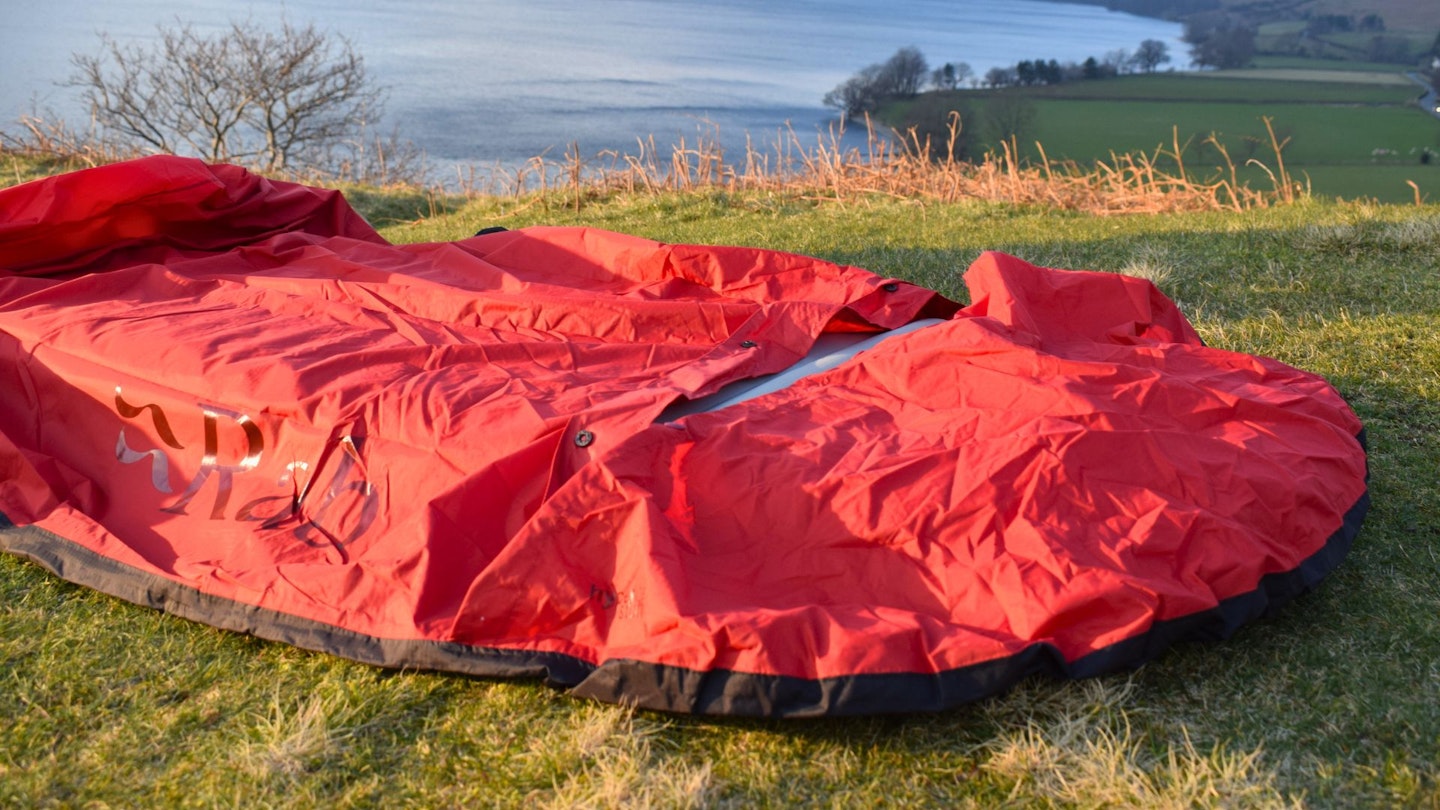
This approach is a double-edge sword. The air gaps improve ventilation and reduce condensation buildup (although they can’t eliminate it completely). Rab adds that some campers find the button closure system less constrictive and claustrophobic than a zipper system too. The downside is that the gaps in the seal are an inevitable water ingress risk.
Although this particular Rab product is fairly feature-free, going some way to address the relative expense is Rab's commitment to sustainability. It's a Fair Wear Foundation member with 'Leader' status, as well as being certfied climate neutral. Rab also has a comprehensive repair service and uses reasonably sustainable materials (the Trailhead Bivi, for example, is PFC-free).
Shop this product
Verdict

Rab's Trailhead Bivi is a no-nonsense, simplistic bivvy with solid waterproofing and breathability stats – but we think it’s over-priced for a basic design.
How we tested
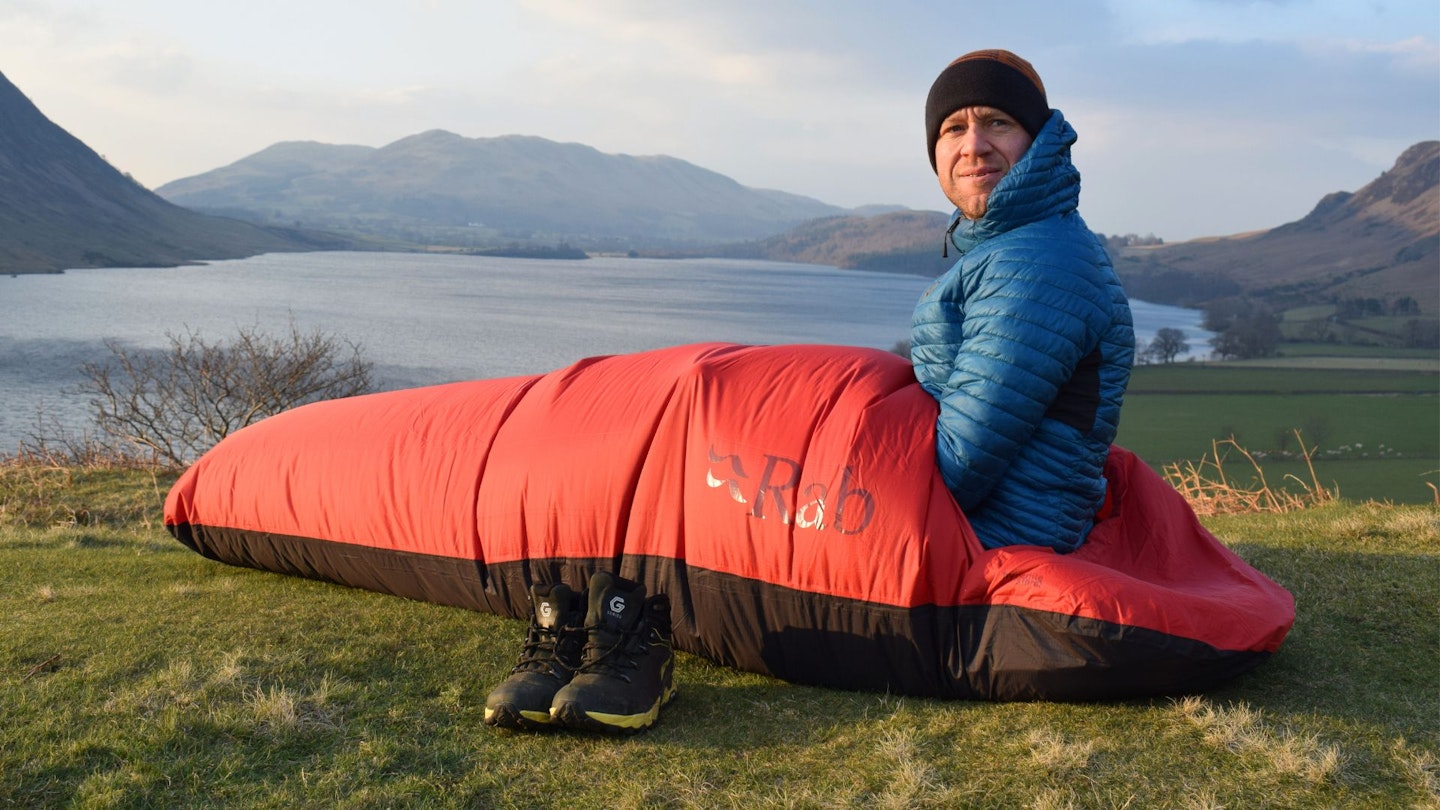
Freelance writer and author James Forrest conducted the test and review of the Rab Trailhead Bivi and is one of the most experienced wild campers and backpackers in Britain.
James has been one of our primary freelance gear testers for the past few years, writing reviews and features for LFTO and our magazine, Trail.
